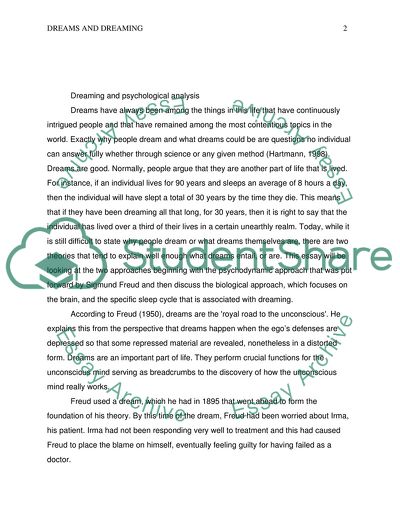Cite this document
(The Psychodynamic Approach to Dreaming Literature review, n.d.)
The Psychodynamic Approach to Dreaming Literature review. https://studentshare.org/psychology/1855431-describe-and-evaluate-the-psychodynamic-approach-to-dreaming-compare-this-approach-with-biological-andor-cognitive-examples-of-dreaming
The Psychodynamic Approach to Dreaming Literature review. https://studentshare.org/psychology/1855431-describe-and-evaluate-the-psychodynamic-approach-to-dreaming-compare-this-approach-with-biological-andor-cognitive-examples-of-dreaming
(The Psychodynamic Approach to Dreaming Literature Review)
The Psychodynamic Approach to Dreaming Literature Review. https://studentshare.org/psychology/1855431-describe-and-evaluate-the-psychodynamic-approach-to-dreaming-compare-this-approach-with-biological-andor-cognitive-examples-of-dreaming.
The Psychodynamic Approach to Dreaming Literature Review. https://studentshare.org/psychology/1855431-describe-and-evaluate-the-psychodynamic-approach-to-dreaming-compare-this-approach-with-biological-andor-cognitive-examples-of-dreaming.
“The Psychodynamic Approach to Dreaming Literature Review”. https://studentshare.org/psychology/1855431-describe-and-evaluate-the-psychodynamic-approach-to-dreaming-compare-this-approach-with-biological-andor-cognitive-examples-of-dreaming.


